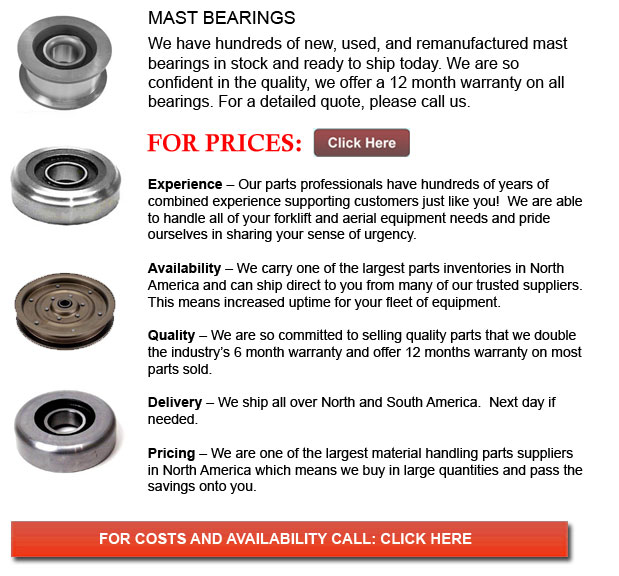
Mast Bearing - A bearing is a device which enables constrained relative motion between at least 2 parts, often in a linear or rotational procession. They can be commonly defined by the motions they allow, the directions of applied weight they could take and in accordance to their nature of application.
Plain bearings are really commonly used. They use surfaces in rubbing contact, often with a lubricant such as oil or graphite. Plain bearings may or may not be considered a discrete gadget. A plain bearing may consist of a planar surface which bears another, and in this particular case will be defined as not a discrete tool. It may have nothing more than the bearing exterior of a hole together with a shaft passing through it. A semi-discrete instance will be a layer of bearing metal fused to the substrate, while in the form of a separable sleeve, it would be a discrete gadget. Maintaining the correct lubrication enables plain bearings to be able to provide acceptable accuracy and friction at minimal expense.
There are other types of bearings that could better accuracy, reliability and develop effectiveness. In numerous uses, a more appropriate and specific bearing could improve weight size, operation speed and service intervals, thus lessening the overall expenses of operating and buying equipment.
Many types of bearings together with varying lubrication, shape, material and application are available. Rolling-element bearings, for instance, use spheres or drums rolling between the parts in order to reduce friction. Reduced friction provides tighter tolerances and higher precision as opposed to plain bearings, and less wear extends machine accuracy.
Plain bearings could be made of metal or plastic, depending on the load or how corrosive or dirty the surroundings is. The lubricants that are utilized could have significant effects on the lifespan and friction on the bearing. For instance, a bearing could function without whichever lubricant if constant lubrication is not an option as the lubricants can be a magnet for dirt which damages the bearings or device. Or a lubricant could better bearing friction but in the food processing business, it could require being lubricated by an inferior, yet food-safe lube to be able to avoid food contamination and guarantee health safety.
Nearly all high-cycle application bearings need cleaning and some lubrication. Every so often, they may need adjustments to help lessen the effects of wear. Some bearings may need irregular repairs to prevent premature failure, even though fluid or magnetic bearings may need little maintenance.
Extending bearing life is often achieved if the bearing is kept well-lubricated and clean, although, several kinds of utilization make constant upkeep a difficult task. Bearings located in a conveyor of a rock crusher for instance, are continuously exposed to abrasive particles. Frequent cleaning is of little use as the cleaning operation is expensive and the bearing becomes dirty all over again when the conveyor continues operation.
![]() Click to Download the pdf
Click to Download the pdf
Forklift Parts
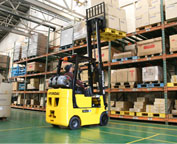

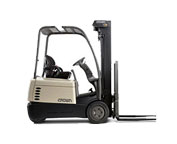
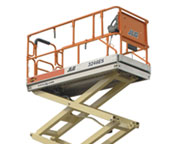
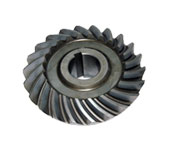
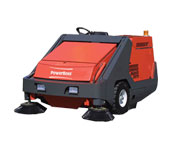
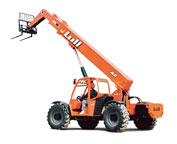
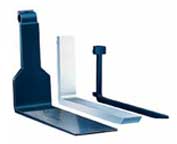
Lift Parts Express
TOLL FREE: 1-888-695-7994
LOCAL: 956-242-0189
7305 SAN DARIO 355
Laredo, Texas
forkliftpartslaredo.com
Email Us
About Us


